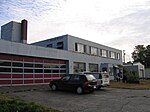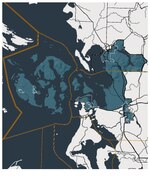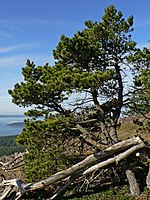W. T. Preston
DredgersHistoric American Engineering Record in Washington (state)History of Skagit County, WashingtonLandmarks in SeattleMuseum ships in Washington (state) ... and 7 more
Museums in Skagit County, WashingtonNational Historic Landmarks in Washington (state)National Register of Historic Places in Skagit County, WashingtonPaddle steamersShips on the National Register of Historic Places in Washington (state)Snagboats of the United StatesUse mdy dates from August 2023

W. T. Preston is a specialized sternwheeler that operated as a snagboat, removing log jams and natural debris that prevented river navigation on several Puget Sound-area rivers. She is now the centerpiece of the Snagboat Heritage Center in Anacortes, Washington. She was designated a National Historic Landmark in 1989. Built in 1929, she is one of two surviving snagboats built and operated by the United States Army Corps of Engineers, and the only one on the American west coast.
Excerpt from the Wikipedia article W. T. Preston (License: CC BY-SA 3.0, Authors, Images).W. T. Preston
R Avenue,
Geographical coordinates (GPS) Address Phone number Website External links Nearby Places Show on map
Geographical coordinates (GPS)
| Latitude | Longitude |
|---|---|
| N 48.516111111111 ° | E -122.60916666667 ° |
Address
W.T. Preston Museum
R Avenue 703
98221
Washington, United States
Open on Google Maps








